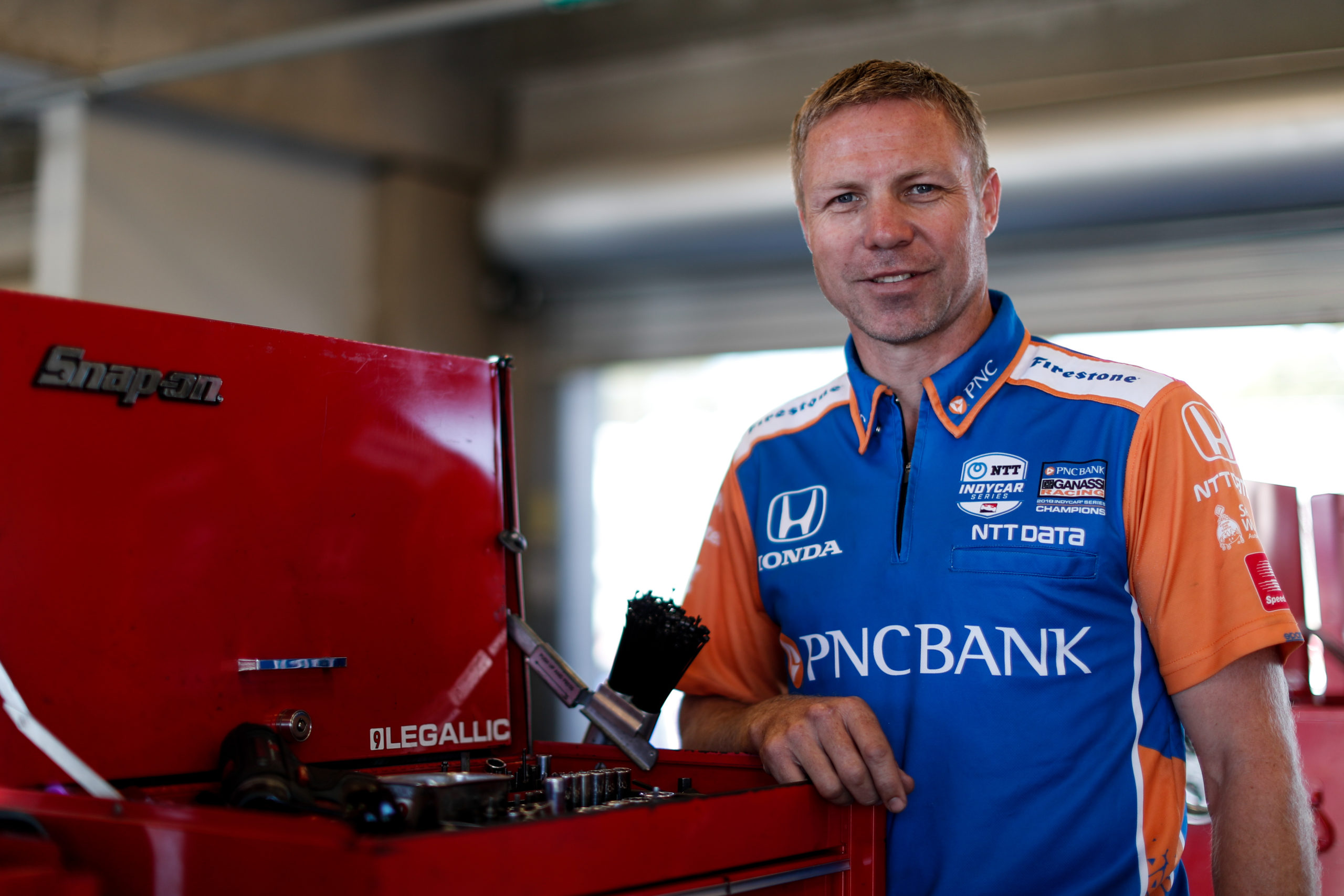
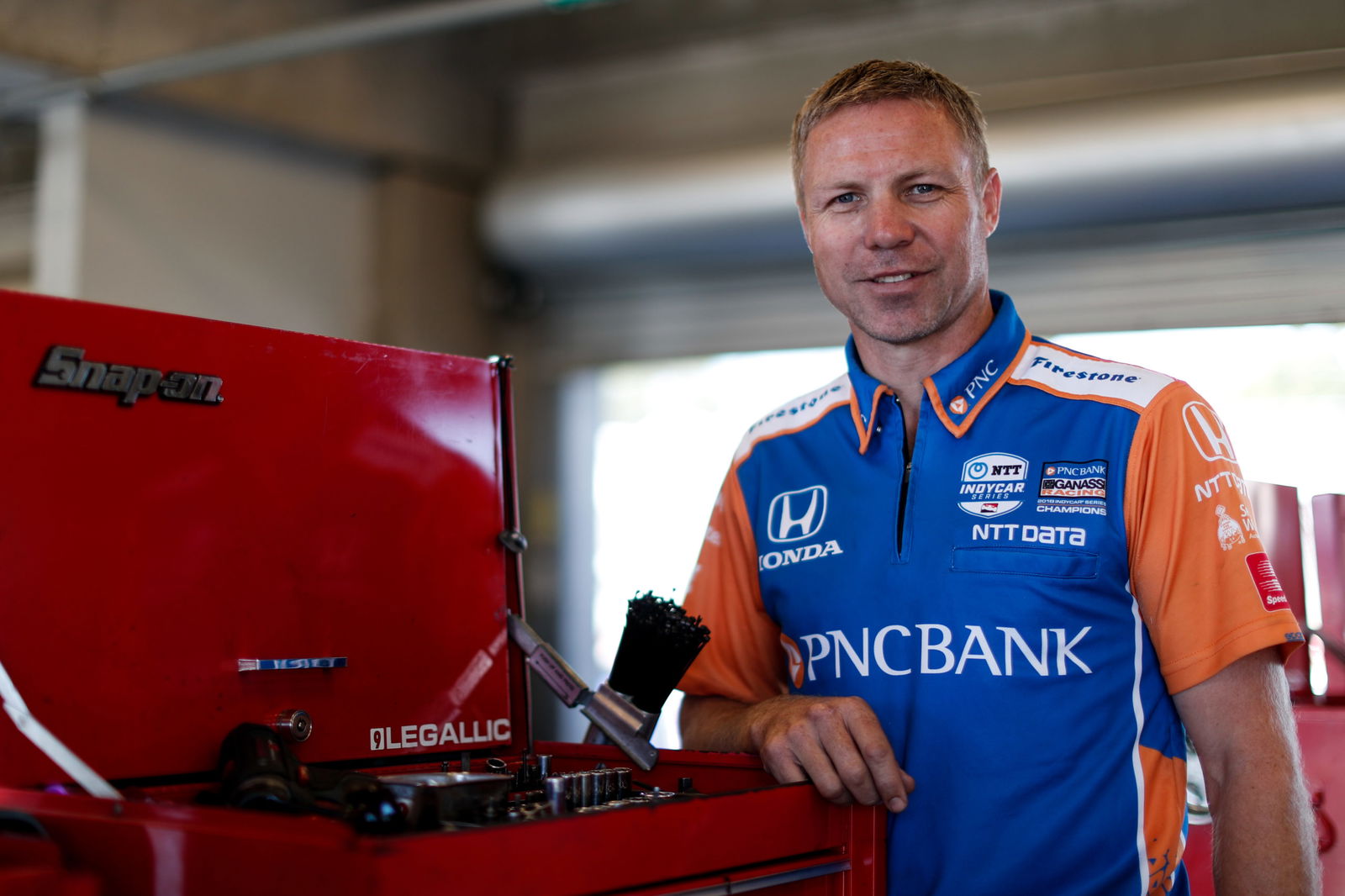
If Scott Dixon is the most successful driver of the modern IndyCar era, then Blair Julian equally has to be the most successful mechanic.
Julian was born into a family of dirt speedway racers; his father was a dirt track racer and his three uncles all drove too.
His own on-track endeavours were brief, and ultimately he spent more time outside of the car spinning spanners than he did driving his production saloon car.
Money was tight and the step up into dirt speedway racing was never attainable.
Through a family friend, Julian began working on single-seaters in the New Zealand summer season, cleaning trucks and helping where he could.
Through his father’s connections with the Bettenhausen family, Julian was offered an opportunity to move to the USA and work for Bettenhausen Motorsports in 1997.
There he worked in hospitality, wiping down tables, driving the team’s bus, and helping cook food.
Ex-Formula 1 driver Stefan Johansson, another name synonymous with Dixon, had been driving for Bettenhausen Motorsports.
At the end of the 1997 season, Julian met with Johansson, who had decided to start his own Indy Lights team.
“He offered me a job for 1998 to come back and basically run his hospitality suite and join his team motor home,” Julian told Speedcafe.com.
“That’s not the road that I was trying to go down, I wasn’t looking to get into the hospitality side of it.
“I wasn’t actually honestly looking to get into the mechanic side of it either, it was just an opportunity to come over and have a look around.”
At the time, Julian had no real ambition towards a specific career path in motor racing. He had a carpentry apprenticeship under his belt and hospitality certainly wasn’t the goal, however.
Nevertheless, it was an opportunity, and one he took with both hands. He returned home and went about teaching himself a new trade.
“I went back to New Zealand with basically no money,” he said.
“I thought I’d better learn how to cook and run a kitchen properly. So I applied for a job in a restaurant that was still under construction.
“They looked at my resume and hired me on the spot because they had seen that I had carpentry apprentice experience.
“I worked finishing the building and the infrastructure of the place. Then he put me on as a kitchen manager. I was kind of thrown in the deep end there a little bit.”
With an eye on returning to North America to take up the hospitality job with Johansson, Julian kept in touch with the team.
Kane Williams, another New Zealander, was the team manager.
While Julian has committed himself to make the move, Williams didn’t hold out much hope for his countryman as the team’s budget was cut due to sponsors pulling out.
“I got a hold of him one day to sort of see what was going on,” he recalled.
“He said, ‘Yeah, I wouldn’t bother about coming back’
“At that point, I’d made my decision I was coming back.
“I’d sold my car and assets. I was committed to coming back to the States.”
“I told him that he’d better find a broom for me to push around the workshop or something because I was coming back either way.”
His hospitality job had fallen through, but a handful of opportunities in 1998 to work on an Indy Lights car.
That’s where he met Dixon, who had just won the Australian Drivers’ Championship in Formula Holden, beating Todd Kelly and Mark Noske to the 1998 title.
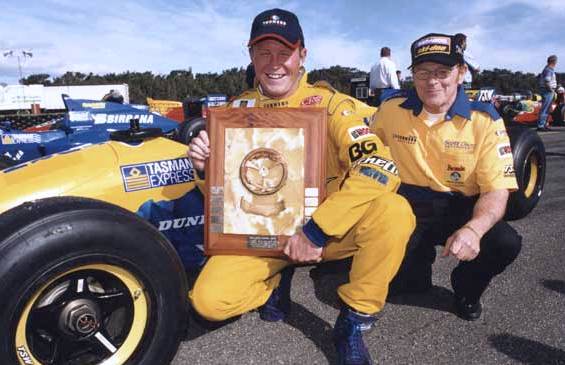
Julian recalled how his first interaction with Dixon cemented their relationship.
“I knew of him from what he was down there (in New Zealand and Australia) making a name for himself driving. I’d known of him, but I didn’t personally know him,” said Julian.
“The first time we met was down in Sebring and we did the Indy Lights test. He ended up flying back to Indianapolis with us and came back to our apartment.
“Scott came back, crashed on the couch, and basically didn’t leave for about six months.”
However, it almost didn’t play out that way having tested with PacWest just one day prior to this first outing with Johansson’s team.
In the end, a funding programme was set up between Johansson and Vern Schuppan that would see Dixon stay with the Johansson team.
“The day before he tested with Stefan Johansson he tested for PacWest,” said Julian.
“PacWest Motorsports had the Indy race team. He was immediately fast. I think he ended up breaking the track record that day.
“He was the fastest guy driving the Lights car out of the different drivers that were driving.”
Julian recalled the then 18-year-old Dixon was a very different person to the fine-tuned athlete he is nowadays.
“He wasn’t mister-super-fitness-freak at that point,” said Julian.
“He was enjoying himself, eating Burger King, living life pretty rough and ragged for that age, but he obviously had the goods when he got in the car.”
The two little known New Zealanders were on the cusp of the big time. Both just one step away from the top tier of American open-wheel racing, IndyCar.
The first year of Indy Lights for the Julian wasn’t without its share drama. The team struggled financially but were putting together strong performances.
“It was an interesting environment for us,” Julian recalled.
“Stefan and Vern were scraping by and trying to come up with sponsorship for Scott and there were different sponsors on the car at different races.
“For sure, money was tight. I remember we were supposed to get paid, and you might go a month or six weeks getting paid because they can afford to pay the mechanics.
“That was a bit rough because we weren’t getting paid a lot of money. When you could see the team couldn’t afford to pay you, it was pretty dicey to live in an environment trying to survive.”
In his 20-plus-year career in North America, Julian said that first year with Dixon in the Indy Lights Series was one of the best.
In 1999, Dixon claimed fifth in his maiden championship and won at Chicagoland Speedway in the third-to-last race of the season.
It came at a time when the team had hardly enough money to run.
“I’m in a photo from that Victory Lane that I’ve got on my wall,” he said.
“That photo on the wall, that’s always going to be a favourite photo of mine, just because of the pure joy on everyone’s face and the fact that we’d struggled through with no resources, no money, and pulled it off.”
Johansson and Schupan duly moved Dixon to PacWest Racing for the 2000 season of Indy Lights.
At that time, the team was run by Paul ‘Ziggy’ Harcus, another New Zealander, who was keen to bring Julian across with Dixon.
Dixon won the Indy Lights title that year, and made the move up to CART for 2001 with PacWest Racing.
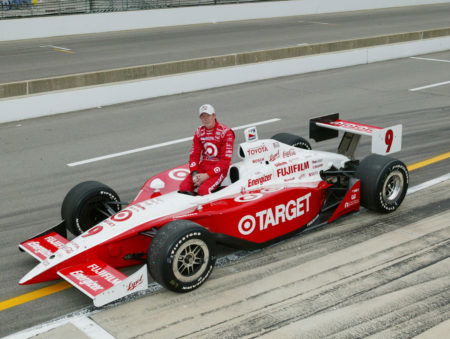
With the 2001 season under his belt and a win in only his third race with the team, Julian was buoyed about their prospects for 2002.
However, the team folded early in the year and that left Julian facing the prospect of being jobless.
As the story goes, Dixon was signed to Chip Ganassi Racing. At that time, Julian had gone for an interview with the team, but as he recalled, they initially weren’t interested in him.
Fortunately, Dixon came to his aid.
“I had gone and interviewed with Ganassi, and they hadn’t immediately offered me a job,” said Julian.
“I know Scott had gone to bat for me in that situation and pushed getting me on his deal and making sure I was on his car. I certainly appreciate him doing that.
“We’d been living together for a few years by that point, and we had a pretty good friendship and bond.
“I think it was probably a comfort thing for him as well to have a guy that he could trust, and he knew, and could talk to. I think that was a two-way street for him as well as me a little bit.”
Julian said it was during that period he felt he’d reached the pinnacle of the sport. However, it came with pressure given the success the team had had in years prior to his arrival.
“That was a big realisation that you had made it to a big team and so the expectations were high,” he said.
“And I know Chip had put a lot of pressure on Scott to perform, and Chip can be a bit of a hardarse, and he doesn’t really mince words too much.
“It was time to go out and perform for Scott, and his first race I think he finished third in Milwaukee with Chip’s team.
“I think immediately given that opportunity, he made good on his deal and showed the team that he could do it.
“We had a lot of fun that year, and it was separated from the two other Target cars that were already established, so we were like the stepchild, in a different tent.

“We had different flights, it was a different deal.”
Dixon’s third season at the top saw Chip Ganassi Racing famously make the move from CART to IndyCar for 2003, the series that was home to the Indianapolis 500.
It was a turbulent time for open-wheeler racing in North America with the two series divided and teams at war.
Julian recalled an experience in pre-season testing that year.
“I remember quite vividly the first test that we did at Phoenix,” he said.
“At that point, they didn’t have a tunnel under the track, and we’d come in, and we’d set up the cars, and tents, and so on. We wanted to leave the track.
“Normally they would throw a yellow flag. They would break testing so people could come and go or whatever.
“The team that was testing at the time wasn’t IndyCar team, it was Panther Racing, I think, and John Barnes was the team owner there. He was a guy very similar to Chip. Big, solid guy. Not a very happy-looking dude.
“He wouldn’t shut the track down so we could leave, so we went over and just watched in pit lane, and he kind of turned around and said, “You guys come over here looking for a fight or something?”
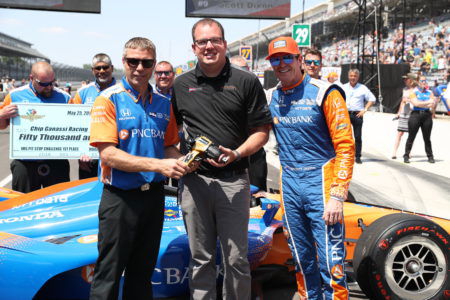
“It’s like, what the f*** are we dealing with here? This is how it’s going to be in IndyCar. It’s kind of a weird culture. That was the first introduction to it.
“It was like, ‘man, this is going to be a tough environment’.”
Ganassi’s arrival to the series brought immediate success, Dixon winning his first race and later the title.
“We went to homestead that first race, 2003, and we won. We just hit the ground running,” Julian said.
“We had such a dominant year. There was a few more that we should have won, but we had gearbox issues.
“The team had the speed and the cars, and Scott was getting it done on the track. We had good pit stops, and it all just came together.
“It almost seemed a little bit easy at some point, honestly.
“I think he said it since then, but I don’t think he or I or definitely I don’t think I realised how big that was to win that championship.”
Since joining Chip Ganassi midway through 2002, Julian has always been at Dixon’s side.

In the 20-plus-years that they’ve worked together, Dixon has amassed six IndyCar Series titles, nearly 50 race wins, and one Indianapolis 500 title.
Of their triumphs together, Julian says his 2015 title as crew chief to Dixon – his first year in the role – was one of his proudest moments.
It also saw him win Chief Mechanic of the Year at the IndyCar Series awards.
“For me, winning the 2015 championship was a big deal,” explained Julian.
“We had some bad luck, and made a surge at the end there, and got back in the game.
“For me, I was in a crew chief position. I had not won a championship yet as crew chief with Scott either, so more responsibility, and you’re supposed to be leading the team more, and you’re more of a pivotal role in it.
“That was satisfying for me to come back and be hunting down Montoya, and then Scott doing everything right in the race, and the Montoya and Penske guys shot themselves in the foot a little bit. That was a big moment, just because it wasn’t expected.
“You didn’t know what you had until your last lap, basically, and then if Montoya had passed one more time, he would have had it, but he didn’t. We snuck it in there. That was satisfying.”
To this day, Julian and Dixon still work together and it would appear that relationship is unlikely to end unless either retires.





















Discussion about this post